Publication Logistics in the Kommos site publications
Multidisciplinary Field Projects
January 4, 2014 by Joseph W. Shaw
-
Introduction.
Excavations at Kommos in Crete were carried out in two phases, from 1976 through 1985 and from 1991 through 1996. The publication of the site consists of a series of nine preliminary reports in Hesperia, and five volumes (I-V) focusing on the site overall (Minoan and Greek), complemented by a volume on a Minoan pottery kiln, and two volumes on Minoan Mansion X (the first [2011] on architecture and finds, the second [forthcoming] on the pottery). [Those can be seen in the appendix].
The focus from the beginning was multidisciplinary, including an area survey, geological and land use studies, as well as studies of the ancient fauna and flora.1 -
Publication Logistics at Kommos
During the first years of excavation, with the discovery of Minoan houses on the hilltop and hillside, and a wellpreserved Greek Temple above a substantial Minoan palatial building in the southern area near the sea, it became clear that a major publication effort was in order. This was encouraged by Princeton University Press, which offered to print the first three of any volumes concerning the site.Some of the publication decisions made then and later can now be discussed. Concerning the Minoan pottery, for instance, although its order in the volume presentation comes after introductory Volume I, its importance for fixing site and context chronology gave it priority in preparation.
We also thought that, given the relative lack then of studies of some categories of Minoan pottery, our work should be thorough (thus two volumes [II, III in the series]). Moreover, since space at our storeroom was limited, the formal study and profiling of the Later Minoan pottery in Volume III should take place only after the Middle Minoan pottery had been prepared.2

For the so-called ‘para-archaeological’ studies of area,geology, etc., made during an early stage of excavation, they were preparedand served as appropriate preliminaries to the actual excavation reports, and so were placed, along with other introductory material, in Volume I, Part 1.3 Time-wise, also, since excavation of the Minoan hilltop and hillside houses was terminating, their study would be included in Volume I, part 2.
Thus the order of the first volumes of the publication would appear in a reverse order of
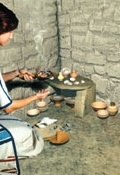 their actual publication date, with II and III on the pottery appearing in 1990 and 1993, and Volume I (Parts 1 and 2) appearing in 1995 and 1996.
their actual publication date, with II and III on the pottery appearing in 1990 and 1993, and Volume I (Parts 1 and 2) appearing in 1995 and 1996.
Since the Greek Sanctuary in the southern area was excavated before the underlying Minoan structures were cleared, it could be studied in Volume IV, so formal publication work on it began as soon as study of the houses ended.4 Perhaps unusually, it was decided that the Sanctuary volume should include all material from Greek levels, which would involve numerous colleagues publishing the epigraphic, ceramic, metal and other artifacts, along with the relevant faunal discoveries. Thus Volume IV, when complete, would stand by itself rather than depending on other volumes (which might never appear) for complementary material.5The final, fifth volume of the Kommos series, published in 2006, focused on the monumental Minoan buildings on which the Greek Sanctuary had been built. Like Volume IV, V, too, was a challenge to both write and produce, for it is ‘complete.’ Aside from the architecture and stratigraphy, it includes long descriptions and discussions of the MM and LM pottery deposits, as well as all small finds and fauna.
-
Finally, some general comments:
A member of the personnel throughout the years we were preparing publication was an editor who reviewed, edited and
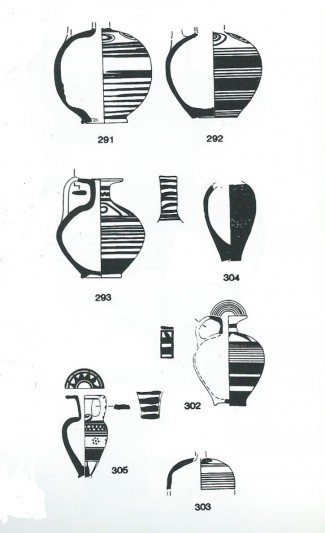 organized the material submitted. His or her salary was a major expense. The cost was not included in our grant applications, however, since granting agencies incorrectly assumed that the principal investigators could, with their busy academic schedules, handle the work on their own. The editor might be called one of the “Secret Weapons” that enabled us to finish.
organized the material submitted. His or her salary was a major expense. The cost was not included in our grant applications, however, since granting agencies incorrectly assumed that the principal investigators could, with their busy academic schedules, handle the work on their own. The editor might be called one of the “Secret Weapons” that enabled us to finish.After Volume III, Princeton Press stopped underwriting the publication effort, which forced us to double our efforts to pay for our usual text editor as well as a free-lance production editor that Princeton Press had kindly recommended. This continued through Volume V.6 The masses of material to be included were large. That was somewhat alleviated by splitting Volume I into two sections, and by separating text from plates in Volume IV.7 Preliminary reports, underwritten by the American School of Classical Studies,8 forced us each year to consolidate and clarify our thinking about the challenging discoveries that appeared year after year. Those reports, also, were “secret weapons.”
While publication assignments normally worked out for staff, in several cases individuals faltered. In those of Volume IV, the main writer of a large section could not continue because of severe psychological problems but, fortunately we found an excellent replacement to continue his work.9 In two cases less crucial contributors, again, could not continue, forcing the Director to complete their contributions.
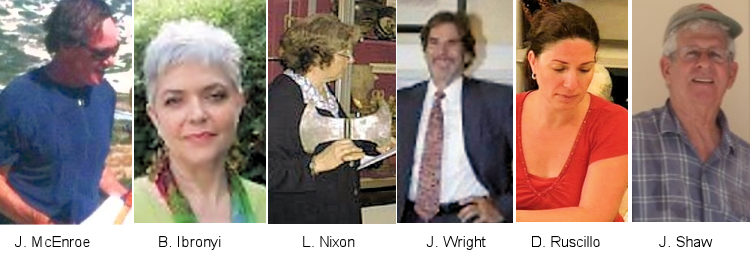
We wanted very much to avoid the fate of some of the smaller excavations in Greece, where publication, if it actually occurs, often follows some years after the death of the original excavators, with the result that there often may have been little or no interchange between the scholars.10 A danger, on the other hand, is that a rush to publication may lead to incomplete documentation.11
Appendix
1992 Volume I: The Kommos Region and Houses of the Minoan Town. Part 1, The Kommos Region, Ecology, and Minoan Industries.
Text 607 Published July 1995 Figs. & Plates 238
1995 Volume I: The Kommos Region and Houses of the Minoan Town.
Part 2, The Minoan Hilltop and Hillside Houses.
Text 442 Published August 1996 Figs., Plates & Foldouts 300
1987 Volume II: The Middle Minoan Pottery.
Text 278 Published August 1990. Figs. & Plates 166
1988 Volume III: The Late Bronze Age Pottery.
Text 256 Published August 1992. Figs. & Plates 131
1999 Volume IV: The Greek Sanctuary. Part 1: Text 838
Published November 2000 Part 2: Plates 431
1999 A LM IA Ceramic Kiln in South-Central
Text 172
Crete: Function and Pottery Production
Plates 66 Published September 2001 as Hesperia Supplement 30.
2003 Volume V: The Minoan Ashlar Buildings
Text 948 Published January 2006 Plates 261
2005 Kommos. A Minoan Harbor Town and Greek Sanctuary in
Southern Crete
Text with Illustrations 170 Published January 2006
2008 House X at Kommos: A Minoan Mansion near the Sea. Part I.
Architecture, Stratigraphy and Selected Finds.
Published September 2012. Text 147 Plates etc. 142
In Preparation
House X at Kommos: A Minoan Mansion near the Sea. Part II. The Minoan Pottery.
Contributors: J.W. Shaw and M.C. Shaw, General Editors, with Barbara
Ibronyi and Cy Strom as Production Editors, and Paul Anderson, John
Bennet, Philip P. Betancourt, Patricia Bikai, Harriet Blitzer, Giuliana Bianco,
Dawn Cain, Peter J. Callaghan, Anne Chapin, Leda Costaki, Eric Csapo,
Mary Dabney, Peter Day, Daniel Geagan, John Gifford, Debi Harlan, John Hayes, Alan Johnston, Vassilis Kilikoglou, John McEnroe, Lucia Nixon, Michael Parsons, Sebastian Payne, David S. Reese, Ned Rehder, Mark J.
Rose, Deborah Ruscillo, Jeremy Rutter, Richard Hope Simpson, Katherine
A. Schwab, Catherine Sease, Joseph W. Shaw, Maria C. Shaw, Jennifer Shay, Thomas Shay, Aleydis Van de Moortel, Alan Walker, L. Vance Watrous, Helène Whittaker, James C. Wright, John Younger, and others.
Endnotes
- Those constitute an innovative approach introduced formally to Greece by the University of Minnesota Messenia Expedition organized (1969-1971) by William McDonald and Ripp Rapp.
- It is important to note also that since excavation was going on concurrently, those studies would not contain pottery recovered after a certain date.
- Along with a study of Minoan industries.
- From 1986 through 1992, which were mainly study seasons.
- The urgency for cooperation, efficiency, and speed became particularly necessary at the time (see also below). Volume IV appeared in 2000.
- Non-grant donations were particularly welcome since they could be assigned to publication work.
- In Volume V, which we would have split in the same way, we were already deep in debt when binding time came around, so V emerged huge and, unfortunately, somewhat unmanageable because of its size.
- Published in Hesperia 1977,1978,1979,1980,1981,1982,1984 (1982-1985 seasons), 1986 (1984-1985 seasons), and 1992 (1986-1992 seasons). 9 In Volume IV, the author of a major section produced most of it, but then refused (without explanation) to complete the remainder, instead sending offprints of other written projects, frustratingly regularly. A junior colleague in the same field graciously offered to complete the work.
- In Volume IV, the author of a major section produced most of it, but then refused (without explanation) to complete the remainder, instead sending offprints of other written projects, frustratingly regularly. A junior colleague in the same field graciously offered to complete the work.
- For instance, of the 10 volumes in the Kea Series, only one was published before the Director’s death in 1981. Of the 7 so far in the Lerna Series, only two were published before the (same) Director’s death. The record for Isthmia is somewhat better, with (of 10) 5 published before the Director’s death in 1992.
- For instance, the theory that there was a strip of land, a tombolo, projecting out from the shore at Kommos, is soon to be reexamined through coring by a geologist
You can follow us on Twitter (@KommosAP) or join us on Facebook (Kommos Conservancy).
“Μπορείτε να μας ακολουθήσετε στο Twitter (@KommosAP) ή στο Facebook (Kommos Conservancy).”

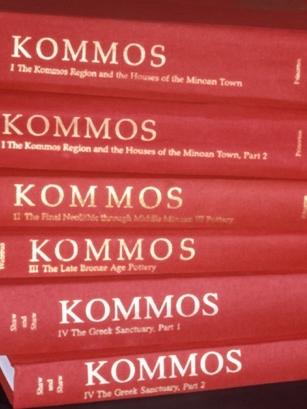
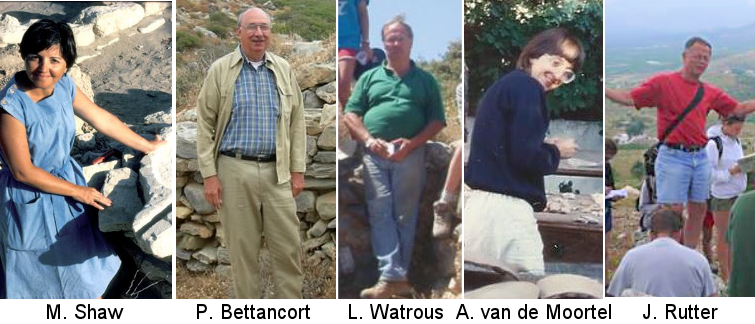
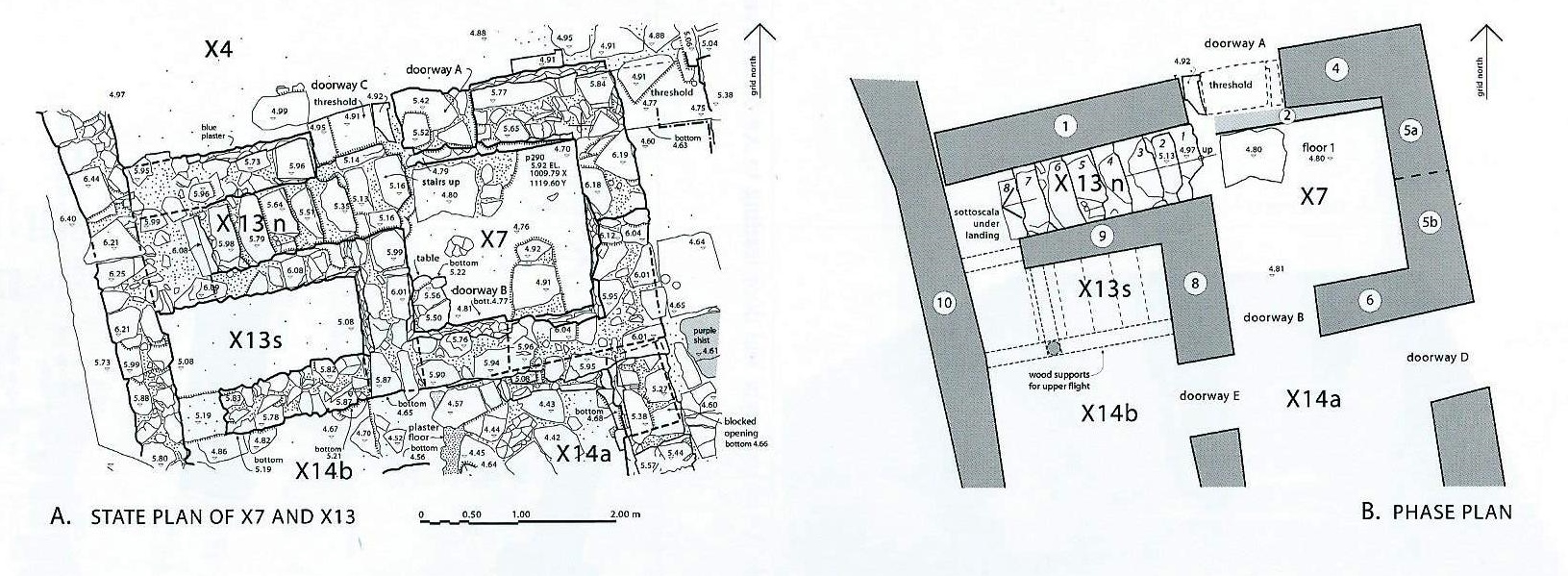
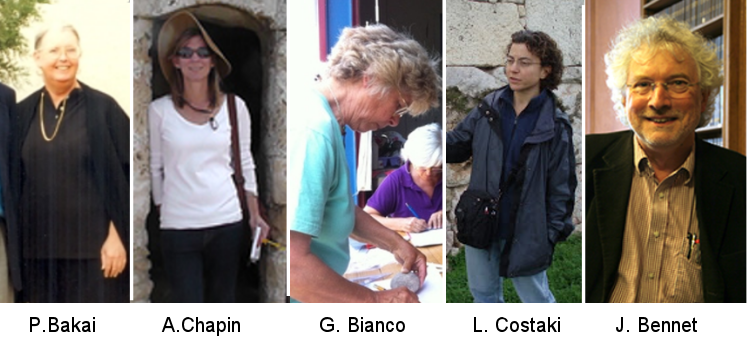
Leave a Reply
You must be logged in to post a comment.